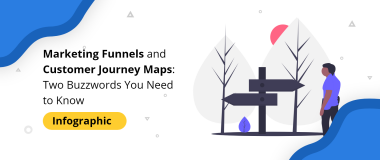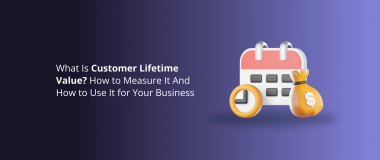“Context” – when it comes to web development, can be a DANGEROUS word. Why? Because it can mean a ton of things, from user environment to design breakpoints and circumstances.
As web developers, we can never figure whom our next guests will be or how they will get to our site. In any case, we can be prepared for them, and we can make a site that is versatile to their needs and the size of their gadgets.
Related: Why do Big Companies Outsource
Think about a world where visitors are using different devices, known or unknown, to access information. If we anticipate web designing for that world, then we will definitely be prepared. The work of a web designer may never be done, yet we can utilize what we know and expect from the eventual fate of web outline to give the ideal experience to clients at any resolution, screen size, and inside any context.
How “Context” Creates Disruption
Everything is translated into context. As web designers, our responsibility is to make a visual context that improves what the site is trying to communicate. A single mistake can create the wrong impression, in addition, it can cause miscommunication.
Context originates from what we make and it originates from the patterns and mental models of the individuals who see the outline. Context can exist at both ends of the visual recognition. As web designers, we can just control one end, however, it is possible to guesstimate what the context at the opposite side will resemble and outline it to work with it.
A starting story is important to begin a new site. It should engage individuals that may become customers. The story will share why the business exists, why it is better than its rivals, what it does and so on.
NOTE:
- Web designers use the story to shape an idea that conveys visually what the story is imparting verbally. Your idea turns into the context. You visually make a context where all aspects of the story are adding to the same message.
- Context starts when somebody sees the design of a website. It happens so rapidly that all that can be taken in is nothing but a visual impression. Inside milliseconds and before viewers have had an opportunity to clearly think about the design, it is setting an environment for everything that follows.
Individuals begin contrasting the context you made against those they already have in their memories and settle on a judgment. They start to make decisions about the site based on differences and similarities.
Create New Standards in “Customer Satisfaction”
“Visual Context” can be a new standard in customer satisfaction. Let’s discover the power of context in web design:
-
Trigger Actions
Visual context can be an incredible approach to getting the attention of visitors. It can motivate the visitors to your website to take action and come back to your site again and again.
Example: The site TokyoMilk welcomes their guests to sign in to their email bulletin in an exceptionally alluring manner.
-
Highlight Your Messages
Use context to highlight your messages, visitors easily forget text-based content. We are more liable to recall visual components. Obviously, you can’t put everything into visuals, however, you can make visual context that backs the main content.
Example: Paid to Exit can be an excellent example. They combine their qualities with a visual equation.
-
Call-to-Action
You can utilize visual context to offer your guests more than simple content and a basic invitation to take action.
Example: Flipboard offers their application on a picture of the iPad – and iPad is their targeted device.
Bottom Line: Web designers create context and an atmosphere where the story lives. They have the ability to upgrade the message or diminish it.
Web designers can do this by understanding the aim of the site and the story behind the site. They build up an idea that conveys the story visually. They contribute to the context where the story lives.
That is the super power of context in creating new standards in customer satisfaction.
So, do you want to know the secrets of designing successful visual context? Here is the principles of visual context design:





